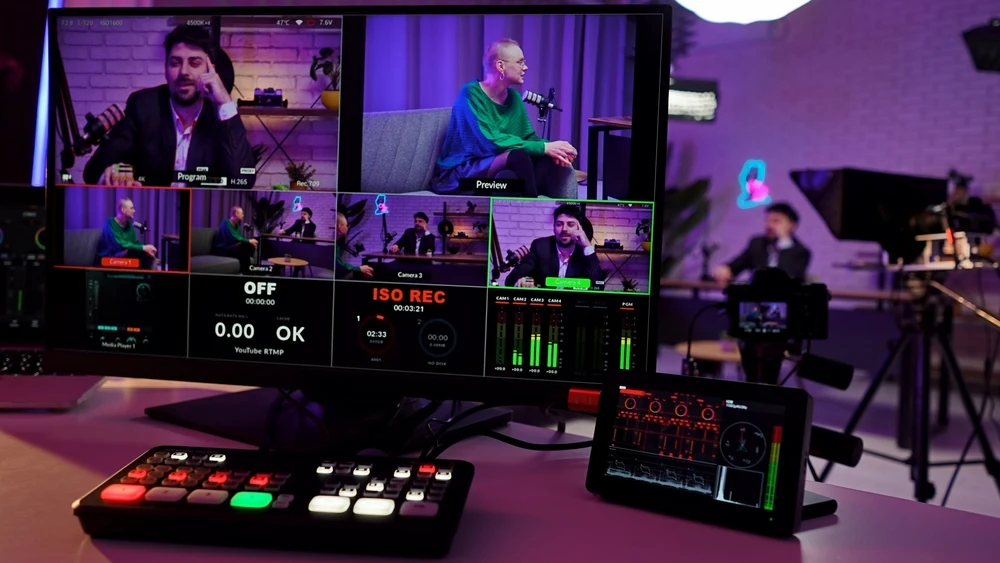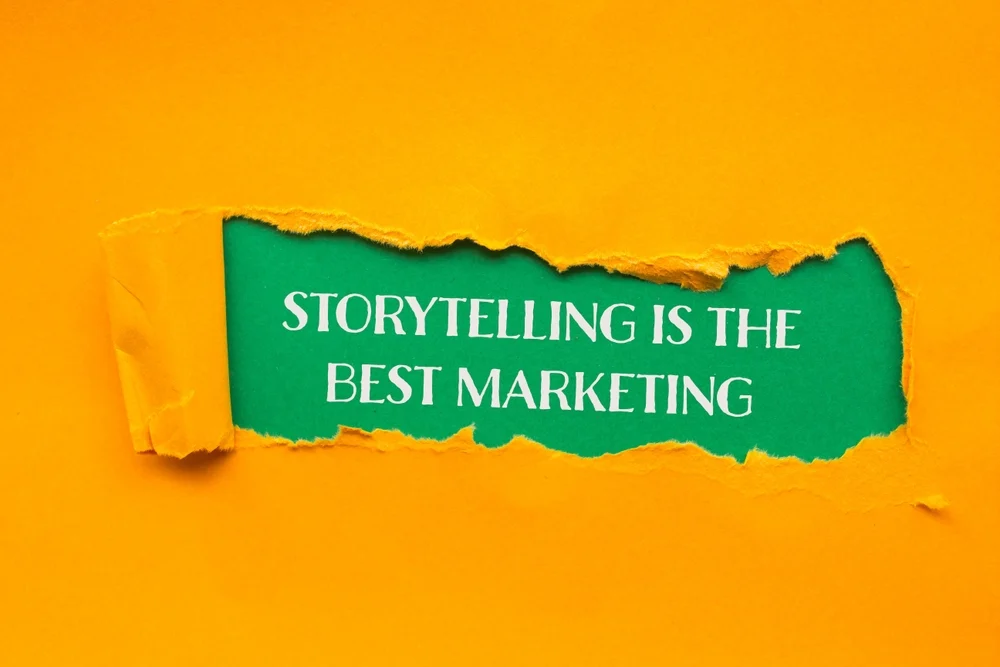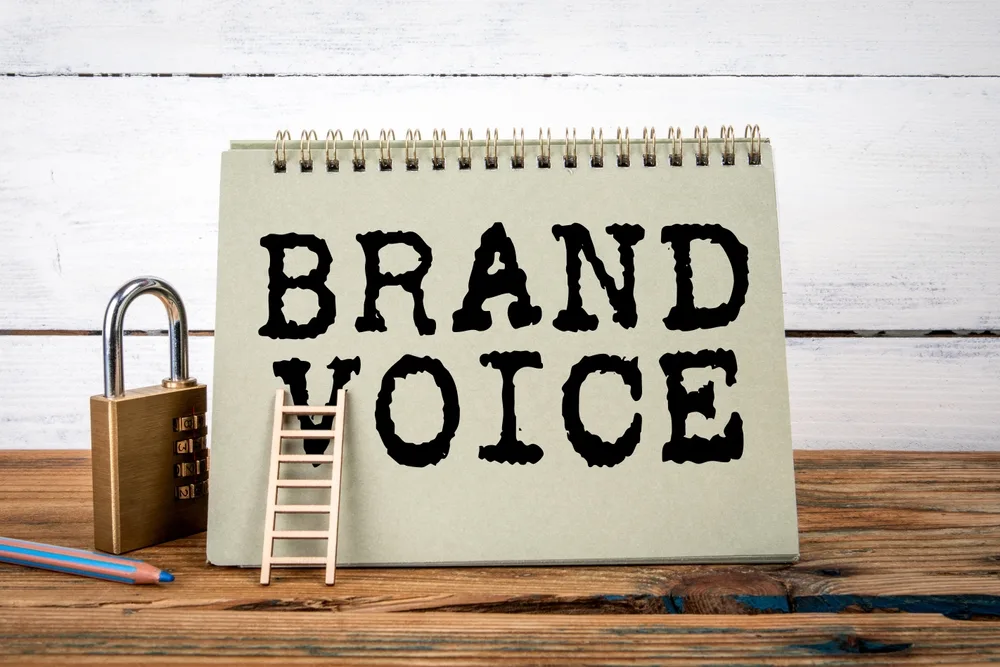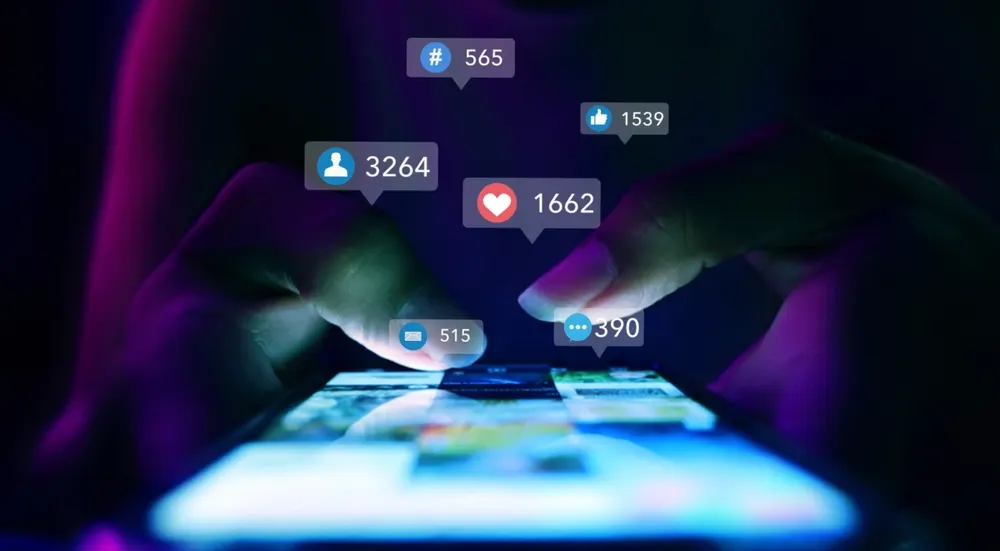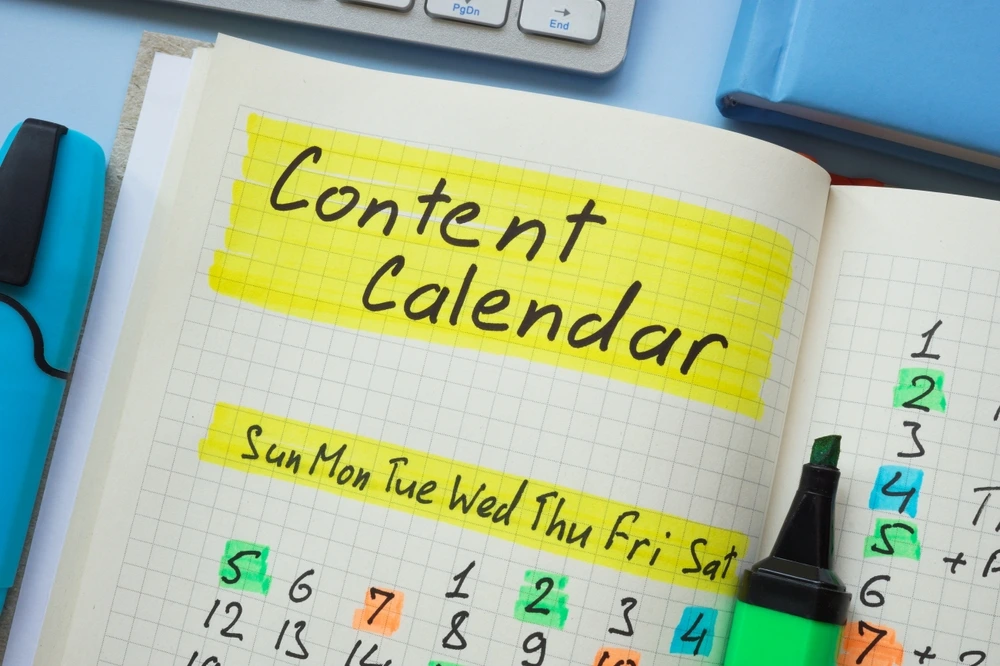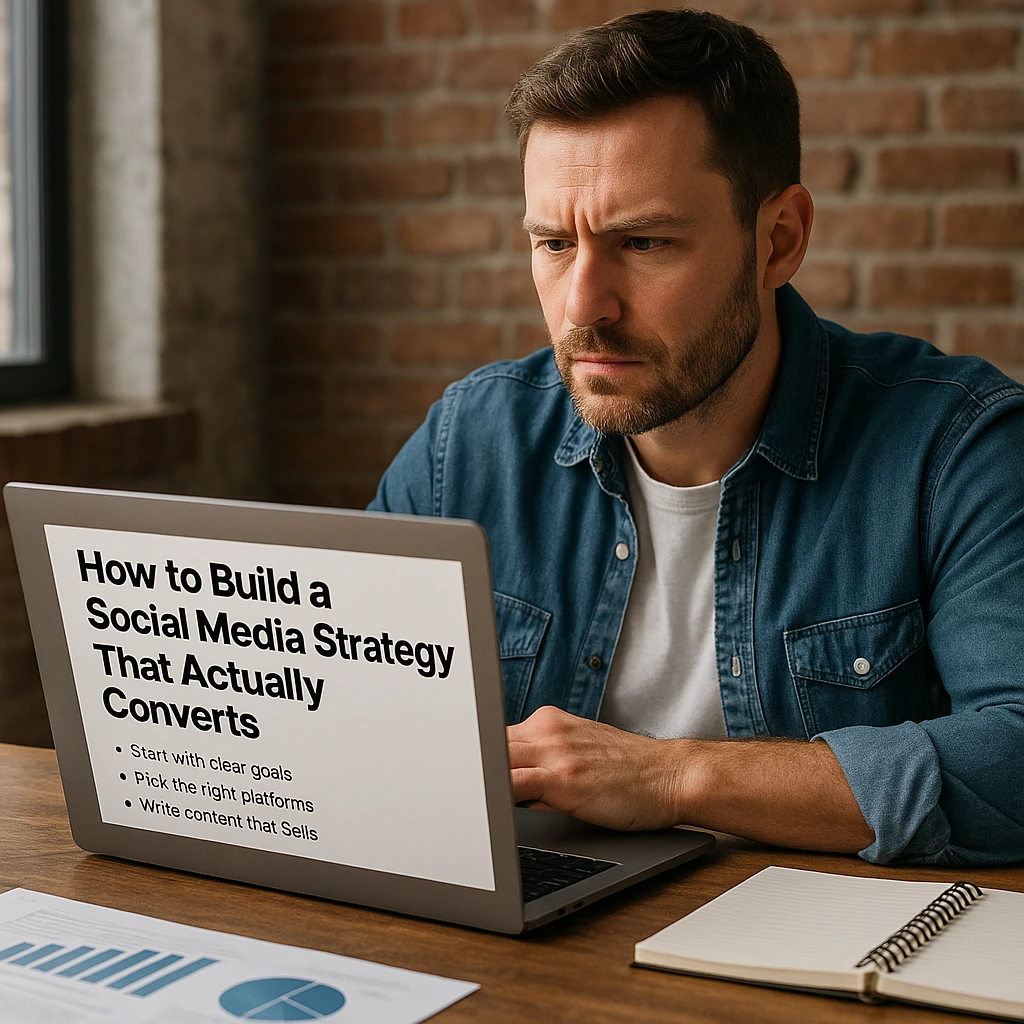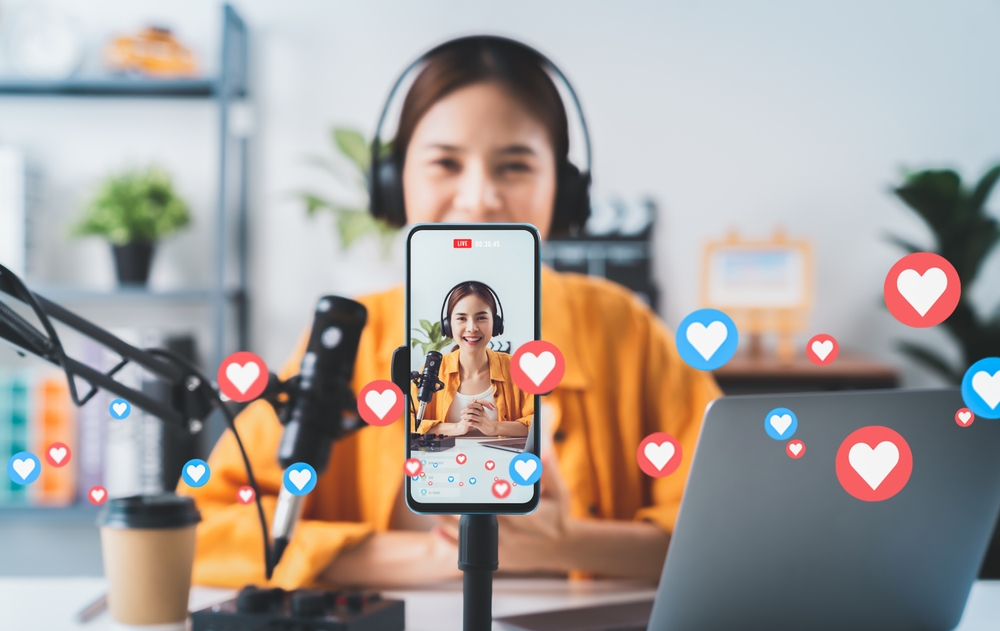B2B vs B2C Content Marketing – What Really Works for Each?
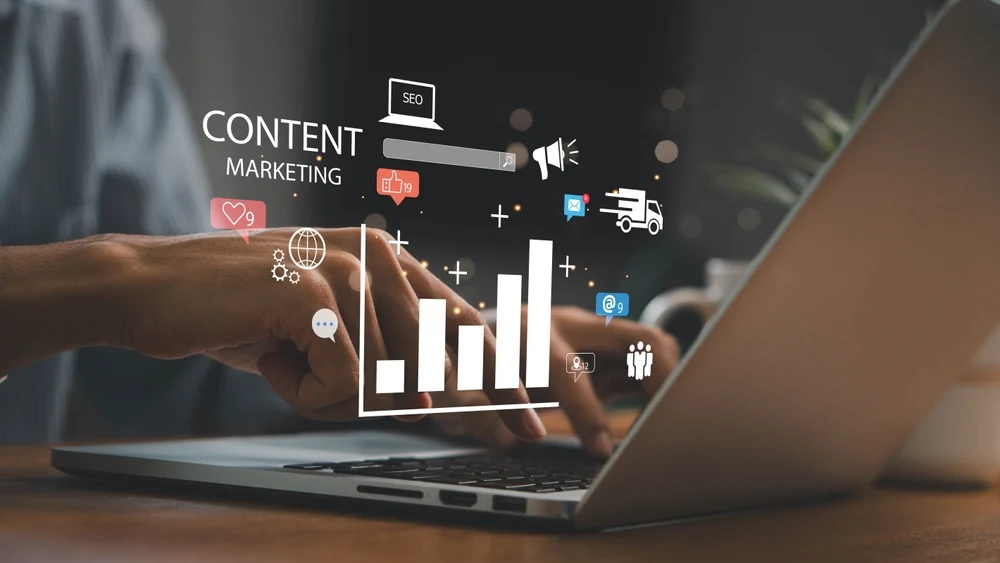
B2B is an acronym for business-to-business. It’s when businesses sell products or services to other businesses. Imagine software, consulting or equipment used for manufacturing.
B2C, however, is short for business-to-consumer. This is where brands sell directly to you—the average consumer. Consider retail, restaurants or streaming services.
Do both those types of business market in the same way? The short answer is no. They don’t.
Their goals are different. They’re aimed at different audiences. And their content strategies? Completely different too.
This post will teach you about how their tones differ, what they’re really trying to accomplish, and which kinds of content work best within each. Ready? Let’s go.
Why Is the Difference Important?
You may be asking yourself, “Isn’t content just content?” Wrong. Dead wrong.
Imagine attempting to sell a $100,000 piece of machinery to a CEO using a TikTok dance video. Or selling the teenager a skincare product with a 50-page whitepaper.
Both would fail. Hard.
The reason? The way that buyers in B2B and B2C think is completely different. The pain points, decision making processes, and expectations differ. If your content doesn’t match up to what they need, you’re wasting your time and theirs.
For deeper insights into evolving buyer behavior, explore emerging content marketing trends 2025.
So, let’s break it down.
The Tone – How B2B and B2C Speak Differently
B2B: Professional, Logical, and Data-Driven
So when you’re trying to speak to businesses, you’ve got to sound credible. Like an expert. Your approach must be businesslike and professional. Logical. And backed by data.
Why? It’s because companies do not purchase on impulse. They behave strategically.” They need evidence that your product or service will address their pain points. This is what makes B2B content formal sounding. It has less to do with flair and more to do with facts.
Suppose you’re selling a cybersecurity software to a bank. You wouldn’t say, “Oh, our software is so cool!” Instead, you’d write, “Our software reduces risks from cyberattacks by 90 percent, saving your institution millions of dollars every year.” See the difference?
To refine tone consistency across all channels, check out our guide on brand voice strategy.
B2C: Focused on Emotion, Relatability, and Fun
Conversely, B2C content is primarily emotion-driven. You’re not simply selling something—you’re selling a feeling. A lifestyle. A dream.
Think about it. The simple act of buying sneakers goes beyond just purchasing shoes. You’re buying confidence. Status. Perhaps even a feeling of belonging. That’s why B2C content is relatable most of the time. Fun. Even playful.
Take Coca-Cola, for instance. Their commercials aren’t concerning the science of soda. They’re about happiness. Family. Togetherness. They make you feel something. And that’s what pushes you to purchase.
Tone in B2C is connecting with people and talking to them. It’s casual. Conversational. And sometimes even humorous. For crafting emotionally resonant campaigns, read how social media drives business growth.
The Goals – What Are You Trying to Achieve?
B2B Goals: Building Trust and Driving ROI
In B2B, trust is everything. Companies aren’t just going to pay you thousands — sometimes millions — of dollars unless they trust you. That’s why the B2B content marketing strategy places a lot of value on establishing credibility.
But there’s another layer. B2B buyers are just as obsessed about ROI (return on investment). They care about how your product or service could save them money, time, or pain.
So, the goals here are clear:
- Educate your audience.
- Establish long-term relationships.
- Demonstrate the benefits of your product or service.
For instance, say you sell project management software, then your content could consist of a case study that explains how other companies have saved time and money utilizing your tool.
B2C Goals: The Former Drives Sales, The Latter Creates Brand Loyalty
In B2C, stakes are lower – but so is competition. There are more options for consumers than ever. So, that meaning to you is simple: be different.
How? By creating immediate sales and brand loyalty. You want people to purchase immediately — and return again and again.
Which is why B2C content often revolves around promotions, discounts, and limited-time offers. It creates urgency. Makes people act fast.
But it’s about more than sales. B2C brands also focus on emotional connections. The Nike “Just Do It” slogan comes to mind. It’s not just about shoes. It’s about empowerment. Determination. Pushing limits.
So, the goals here are:
- Drive quick conversions.
- Create memorable experiences.
- Build lasting relationships.
For frameworks to plan such campaigns, explore our content calendar strategy
The Content Types – What Works Best?
B2B Content: Long-Form, Educational, and Strategic
B2B buyers are researchers. They get to the heart of the matter before they decide. This is why long-form content is extremely effective in B2B marketing.
Here are some examples:
- Whitepapers and eBooks: These go deeper, exploring complicated topics and bringing actionable insights.
- Case Studies: Real-life success stories demonstrate your value.
- Webinars and Podcasts: In-depth discussions that inform and engage audiences.
- Blog Posts and Articles: Content written for SEO that is designed to address the specific question.
Take HubSpot, for example. This is a blog full of guides, tips, and tools for marketers. It’s not flashy. But it’s incredibly useful. And that’s exactly what B2B buyers want.
To pair long-form strategy with visuals, see video production trends 2025
B2C Content: Short, Visual, and Engaging
B2C buyers primarily have less patience. They check social media. Browse Who The Bleep Is Justin Bieber. Watch YouTube videos.
That’s also the reason why b2c content is usually very short, visual, digestible, and entertaining. Here’s what works:
- Social Media Posts: Quick updates, memes, and eye-catching visuals.
- Videos: Funny clips, tutorials, or behind-the-scenes footage.
- Email Campaigns: Personalized messages with discounts or exclusive offers.
- User-Generated Content: Encouraging customers to share photos or reviews.
Look at brands like Glossier.
They lean heavily on Instagram influencers and customer testimonials. Their content is not about hard sells. It’s about inviting you to be part of a community.
Real-World Examples
B2B Example: Salesforce
Salesforce: The king of B2B content marketing Their blog has topics ranging from CRM trends to leadership advice. They even hold webinars, write eBooks, and run a podcast. Content needs to be informative and help to establish trust.
And it works. Salesforce started to mean customer relationship management. This type of content helps them establish themselves as innovators in their industry.
B2C Example: Apple
But when it comes to B2C content marketing, Apple shows how to do it right. Their ads are sleek. Minimalist. Focused on emotion. From a TV commercial to a social media post, Apple always tells a story.
Do you recall the “Shot on iPhone” campaign? It wasn’t only the phone. It was about creativity. Connection. It personalizes what is important and significant.
Final Thoughts
Businesses, on the other hand, are swayed by logic, information, and building trust. Create long-form content to demonstrate your knowledge.
If you’re selling to consumers, tap into emotion, visuals and instant gratification. Write a little, write a little, and make it look fine.
Need help tailoring content to each market?
Start a project with The Project F and craft strategies that speak both logic and emotion.
Business Enquiries:
hello@thecompanyfilms.com
Job Enquiries:
Career@thecompanyfilms.com
phone:
+971 58 221 2113
Business Enquiries:
hello@thecompanyfilms.com
Job Enquiries:
Career@thecompanyfilms.com
phone:
+971 58 221 2113
